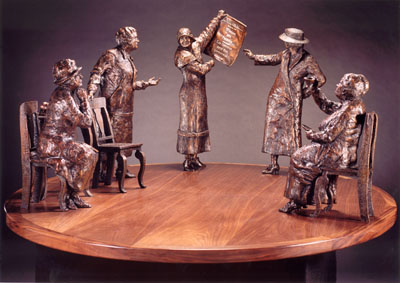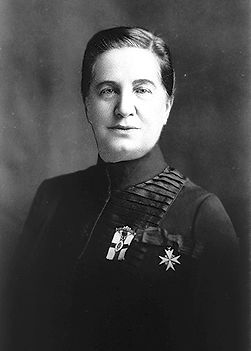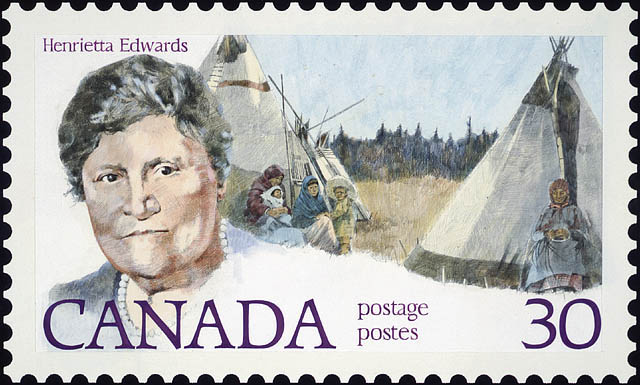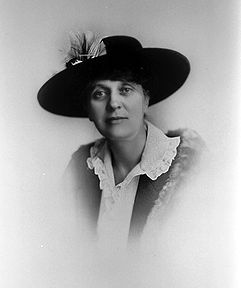Alberta’s “Famous Five” were petitioners in the groundbreaking Persons Case. The case was brought before the Supreme Court of Canada in 1927. It was decided in 1929 by the Judicial Committee of the Privy Council, Canada’s highest appeals court at the time. The group was led by judge Emily Murphy. It also included Henrietta Edwards, Nellie McClung, Louise McKinney and Irene Parlby. Together, the five women had many years of active work in various campaigns for women’s rights dating back to the 1880s and 1890s. They enjoyed a national — and in the case of McClung, an international — reputation among reformers.
At the time of their victory in 1929, the media dubbed the group the “Alberta Five.” Over time, as the case took on a prominent position in Canadian history, the group became popularly known as the “Famous Five.” They have come to represent an entire generation’s political activism; including an earlier, nationwide campaign for women’s suffrage.
More recently, the Five have been the subject of renewed controversy. Some see them as symbols of modernity; of women’s political rebellion and progress; and of human rights more generally. Others have criticized the group as racist and elitist. They feel that the Five’s accomplishments were tarnished by their associations with the eugenics movement; specifically, their support of laws that led to the forced sterilization of thousands of people, a disproportionate number of whom were Indigenous women. (See also Eugenics: Pseudo-Science Based on Crude Misconceptions of Heredity; Tommy Douglas and Eugenics; Sterilization of Indigenous Women in Canada.)
Reactions to the Famous Five have varied widely. Their contribution to the development of women’s rights in Canada was recognized in 2000 with the dedication of a bronze statue called Women Are Persons! by Edmonton artist Barbara Paterson in Ottawa and Calgary (1999). The Famous 5 Foundation was established on 18 October 1996, the 65th anniversary of the Persons Case. Its mandate is to “empower women and girls to courageously lead change that contributes to a society without boundaries for women.”
See also National Council of Women of Canada; Women’s Movements in Canada; Status of Women; Royal Commission on the Status of Women in Canada; Council on the Status of Women; Women and the Law; Women and the Indian Act; Women’s Organizations.

 Share on Facebook
Share on Facebook Share on X
Share on X Share by Email
Share by Email Share on Google Classroom
Share on Google Classroom











